Business technology is expensive. There, we said it. But the right technologies cost a lot for a reason. They can make your business significantly more profitable. They can deliver tangible cost-saving and optimizations that give you the highest ROI.
Here are seven areas where the right technologies will have the most impact.
Increasing Efficiency
Not just any technologies improve efficiency. But those built around your business needs and goals can make a huge difference. Here are just a few concrete ways business-centric technologies improve operations:
- Employees and leadership have the tools to communicate more effectively, so they can get more done with less waste
- Managers have the data they need to identify bottlenecks and quality issues with suppliers, workflows, contractors, and on the employee level, so efficiency improves across the board
- Employees are freed up from repetitive, monotonous tasks, so they feel more engaged in their work.
Enhancing Morale
(And Productivity)
An Oxford University study found that higher morale in the workplace leads to a 13% increase in productivity. A Gallup study uncovers why productivity may go up with morale. It found that as employee morale rose, turnover dropped 24% as well as absenteeism (down 41%). At the same time, sales increased 20% and customer satisfaction 10%.
The efficiency you achieve through the right business technologies can improve morale and, in turn, productivity. One of the many ways technology improves morale is this. Technology helps management recognize high performing people and identify those who are not engaged. Employees feel more involved in workplaces where their efforts are recognized, and managers aren’t unknowingly rewarding underperformers. This also gives disengaged employees the opportunity to grow and improve.
Technology also enhances collaboration and reduces silos, building a feeling of belonging, even among remote workers.
Cutting Costs
Technologies designed for your business can help you identify waste and cut it out in inventories, supplies, and hiring–just to name a few. Right now, a business may take for granted that producing X product takes X amount of work hours, raw materials, and supplies. But the right tech shows you where optimization is possible and. It can then support your implementation of more streamlined operations.
Reducing Downtime
Downtime can occur on the individual worker level. For example, an employee workstation crashes, and the employee has to stand by until it’s fixed or replaced. Entire teams can also go down if a program or server they use goes down. But you’re still paying them for their time.
Entire companies can experience downtime when a server or system goes down or is hijacked by ransomware or malicious (or accidental) employee activity. In these cases, many employees can’t work, and this may impact compliance, customer experience, employee morale, and productivity losses that may exceed $400,000/yr on average, according to Statista research.
When you invest in the right technology, it should just work.
That’s not to say that downtime will never happen. But you do have significant control over it with the right technologies through better security and monitoring along with fast and effective help-desk services.
Competitive Edge
The comfort found in the status quo is an illusion. If your company is not evolving with its customer’s expectations and industry demands, it will become obsolete. The right technologies don’t just help you “keep up with the Jones”. They can give you a competitive edge.
Technology can transform operations, quality control, and even customer perceptions that make it easier to generate brand awareness and turn engagement into paying customers.
More Data-Driven Decisions
The right tech has fully integrated analytics, so you can see operations in action and continually work you improve. Analytics today isn’t just about collecting more data that you can’t possibly use in a lifetime. You don’t have time for that.
It’s about generating business intelligence from that data that you can often get in real-time. So when you need to make a fast or impactful decision, you don’t have to wait for someone to compile some numbers. You have what you need on hand.
The Bottom Line
Finally, this is all about profits. Technologies cost money. Getting the right ROI is paramount. All of these cost-saving and optimizations translate for significant increases in profitability.
What Types of Technologies Do Businesses Today Need?
There is no one right technology for business. But here are several that companies like yours are using now to achieve the above results.
- Cloud-based servers and computing - They're cutting in-house maintenance costs while gaining access to more advanced technology by embracing secure cloud services
- Enhanced Security - Prevent, detect, and quickly contain security issues
- Mobile Technologies - Improve the effectiveness of remote workers and give them the power to get information and update systems on mobile devices securely.
- Artificial Intelligence - A.I. today automates certain decision-making and actions based upon data, speeding business response time and enhancing customer and employee experience
- Automation - Automation takes redundant, boring tasks that don't require higher-level thinking and put them on a schedule, so they always get done on time and done correctly.
- Internet of Things - IoT can connect work devices, equipment, machinery, and even the lights to the Internet so that data can automatically travel among them to streamline operations, gather useable, and manage and monitor remotely from anywhere
Deciding Which Technologies Will Increase Productivity
Next, it’s a matter of evaluating technologies. You don’t want to pay for a company-wide new system that you won’t be using in five years. You need technology that grows with you to get a higher ROI now–and over time.






